No limits: Büro Ole Scheeren launches designs for Empire City in Vietnam

Büro Ole Scheeren has launched designs for Empire City, a mixed-use development in Ho Chi Minh City that reflects the energy of the city’s economic growth and reconnects the urban environment to the tropics. While it is Büro Ole Scheeren’s first project in Vietnam, it is a continuation of the studio’s work in the Southeast Asian context, following large-scale landmark residential and mixed-use projects such as the Interlace in Singapore, Angkasa Raya in Kuala Lumpur and MahaNakon in Bangkok.
Ole Scheeren’s enthusiasm for the tropical energy of Southeast Asia is tangible in the designs for Empire City, which is animated by the emerging contemporary spirit of Ho Chi Minh City: ‘I think Vietnam and in particular Ho Chi Minh has really become one of these incredible energy centres for activity and investment, that not only exists on the scale of larger capital – there are a lot of construction sites across the city, but it’s ready to take the next leap on a grassroots level too. Small entrepreneurs are setting up businesses, the co-working culture and the shared economy is unfolding in this raw Asian city.’
Located on a peninsula, just across the Saigon river from the old centre in an area which has been dubbed ‘Future Pudong’, Empire City will become a pivotal focus of Ho Chi Minh. Scheeren describes the existing area of Pudong as ‘a working city, not much of a living city’, however Empire City will bring living – and living well – to the forefront, with its three mixed-use towers and a vast future plan for public space including a public waterfront and nature reserve.
‘The layering of different aspects within the project was to merge a residential community with a more urban and public community, so it becomes far more dimensional, bringing a broad spectrum of potential experiences and choices to the city,’ says Scheeren.
Empire 88 Tower – the tallest tower of the three that will reach 333m high across 88 floors – will house a hotel, short stay apartments, residences, as well as multiple public spaces, including a public observation deck. It is set to provide people with a rich eco-system of activities within just one building. At ground level, the layered ‘podium’ is a public space that flows into the other two towers across which non-standard typologies such as co-living and co-working have been embedded. Variations of floor plates, sizes and layouts within each typology tap into the broad variations of uses required within the area's dynamic economy.
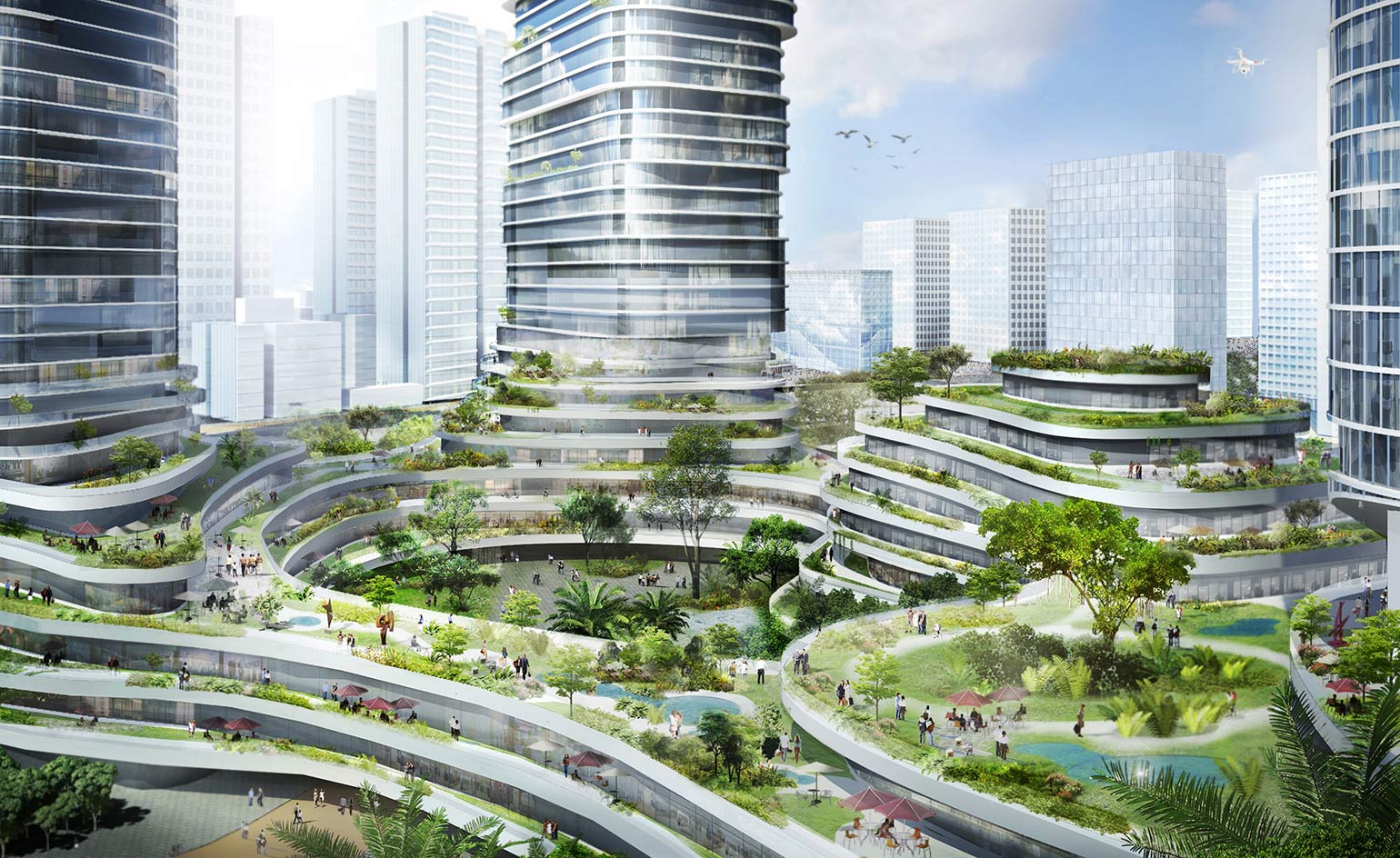
The ’podium’, which occupies the base of the three towers, is designed to reflect the cultivated terraces in the countryside of Vietnam
Empire City is an astute response to Vietnam’s next generation, reflecting current and future living habits through its design – which is intended to breathe organically with its community. ‘It’s like Bangkok in the 90s, when we were working on MahaNakhon, we explored similar topics there,’ says Scheeren, who sees Bangkok as a city that is a few paces ahead of Ho Chi Minh, on the brink of an urban and economic explosion. ‘I really think Vietnam is one of those places where you can strongly sense it has an exciting moment to come and its an opportunity to see a contemporary Asian and tropical city redefining itself.’
As well as the future of Ho Chi Minh, the development equally looks at the past, and the historic, contextual traits of the city, which was built on a forest. ‘We wanted to capture the spirit of the tropical city, where life indoors and outdoors plays an equally important role and the presence of nature is incredibly important and relevant to us as a whole, and how we can reconcile the tension between the dense built environment and nature, to which escape is simultaneous,’ says Scheeren.
Three quarters of the way up Empire Tower 88, the ‘Sky Forest’ is a publically accessible restaurant embedded into a huge water garden – designed to create a ‘natural spectacle’ inspired by the bucolic sites of Ha Long Bay and Trang An Grotto waterfalls. At the top of the tower is the ‘Cloud Space’, a flexible public event space.
Scheeren describes the 333 m tower as a ‘quest for the sky’ – ‘How can we connect the sky and the ground,’ he asks. ‘This is still one of the most beautiful possibilities of the skycscraper itself, which has been so commercialised and mistreated by architects and developers that it has lost the fantastic nature of its original naming. In a sense we wanted to bring back some of the lyrical beauty of how the skyscraper could be.’
The undulating façade features balconies for residents, while a more extreme cantilever is built into the ‘Sky Forest’ spaces, creating the effect of floating gardens above the city which reach out into the surroundings and connect people to views of the countryside beyond the city.
At the base of the building, the design of the ‘podium’ space echoes the cultivated rice fields of Vietnam, where the layering of ramps and stairways connect back to the streets and surrounding public realm. By creating a seamless, publicly accessible flow through the development, Scheeren hopes that Empire City will provide Ho Chi Minh with a new tool to reclaim public space, taking it from the commercial back to the residential, as well as driving the debate of how we want to live as cities grow denser.
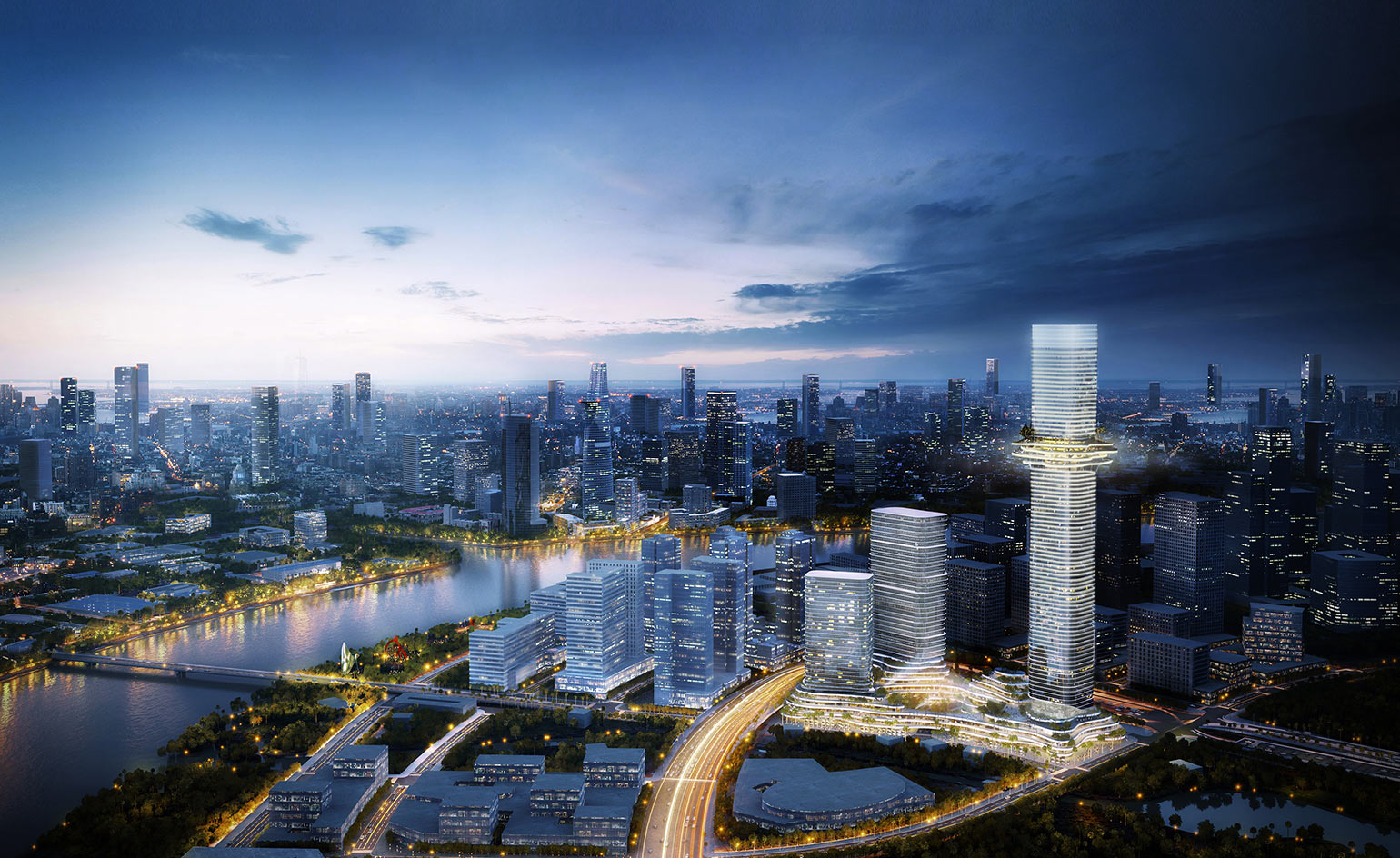
Empire City will be located on the peninsula of Hi Chi Minh City, right on the Saigon river
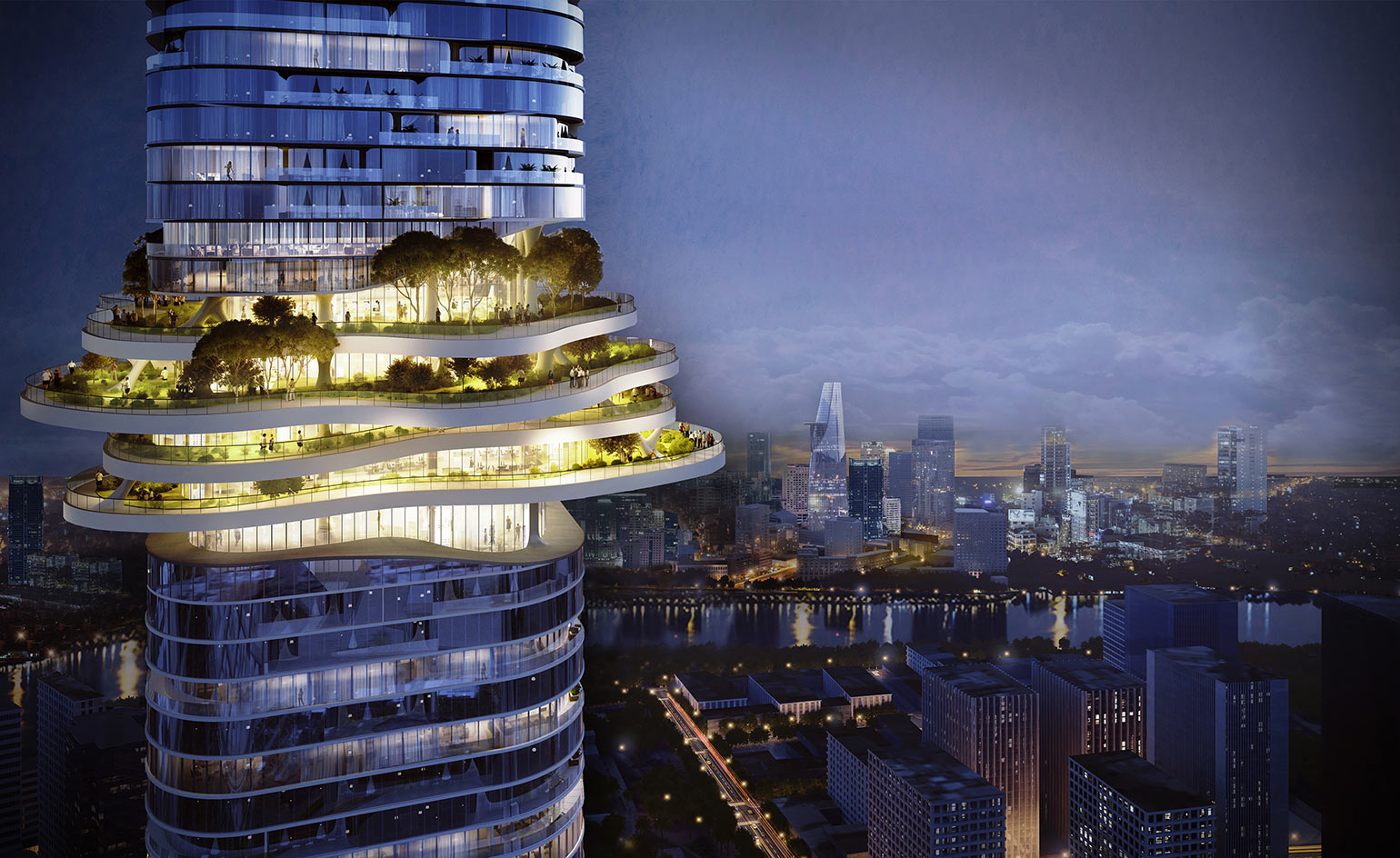
The tower’s ’Sky Forest’ level will include a restaurant, embedded in a water garden

Empire City is set to transform Ho Chi Minh City’s skyline
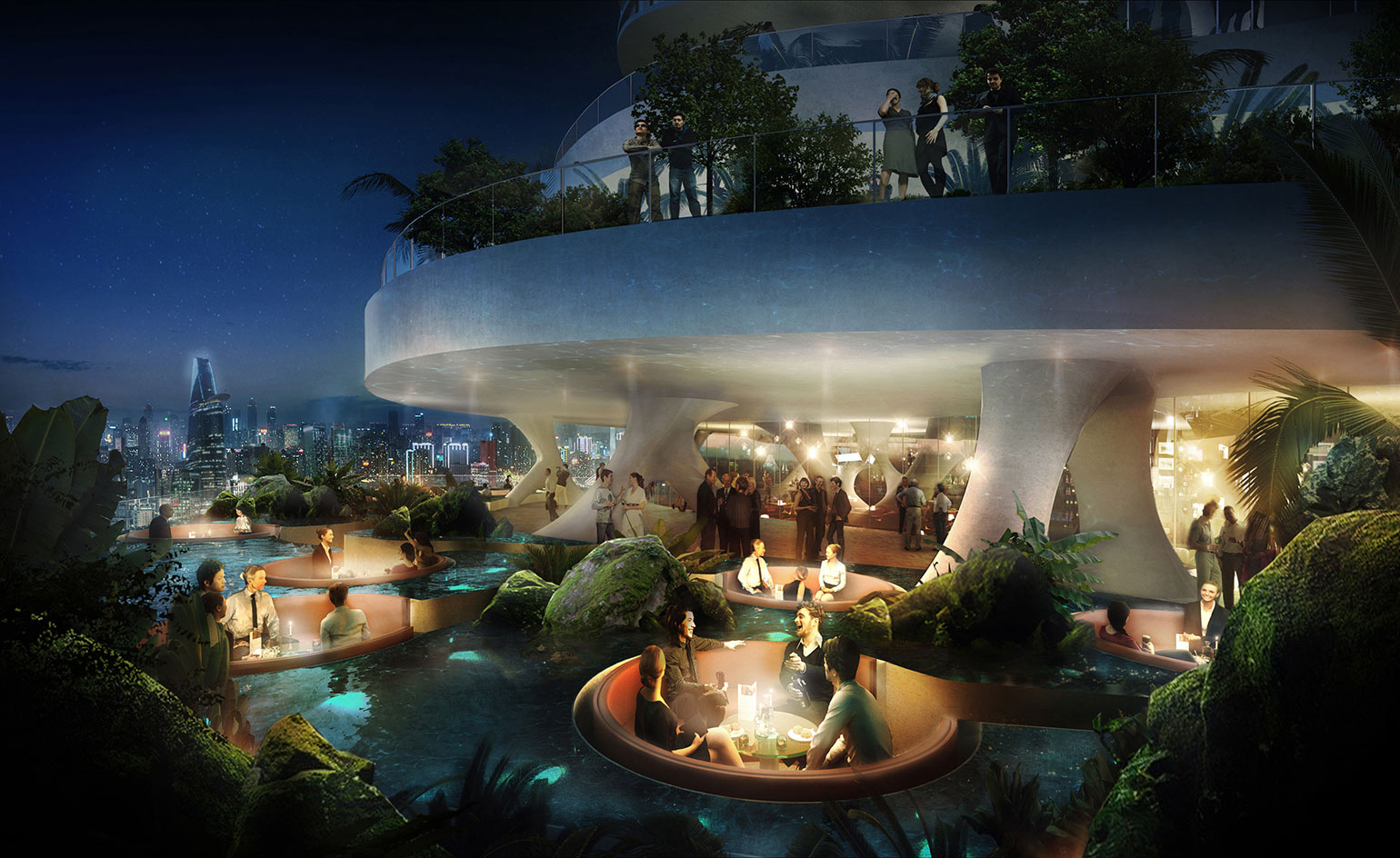
The project’s ’Sky Levels’ public space will feature sunken seating, water and plants
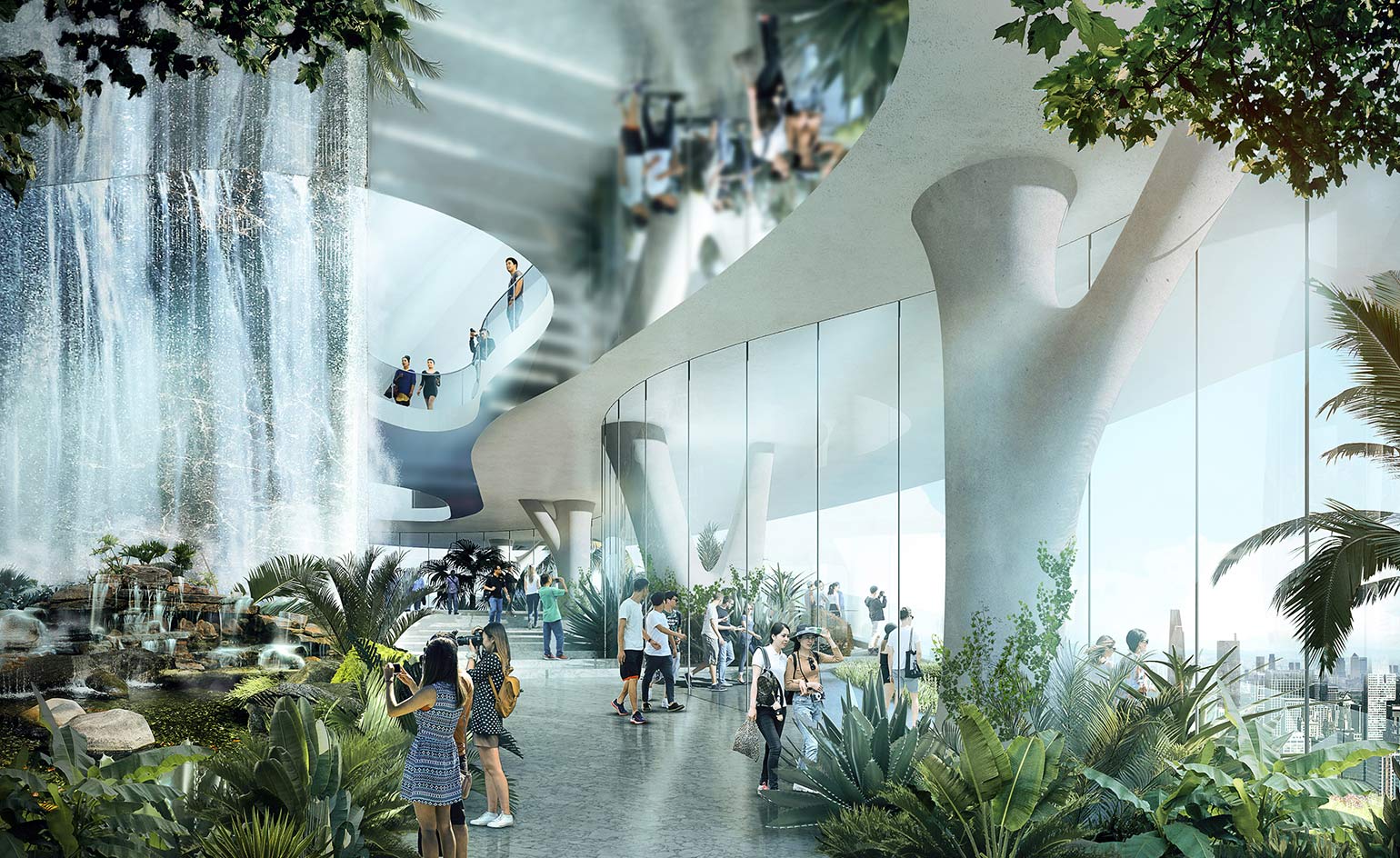
The tower includes a publicly accessible observation deck on the highest floor
INFORMATION
For more information, visit the Büro Ole Scheeren
Receive our daily digest of inspiration, escapism and design stories from around the world direct to your inbox.
Harriet Thorpe is a writer, journalist and editor covering architecture, design and culture, with particular interest in sustainability, 20th-century architecture and community. After studying History of Art at the School of Oriental and African Studies (SOAS) and Journalism at City University in London, she developed her interest in architecture working at Wallpaper* magazine and today contributes to Wallpaper*, The World of Interiors and Icon magazine, amongst other titles. She is author of The Sustainable City (2022, Hoxton Mini Press), a book about sustainable architecture in London, and the Modern Cambridge Map (2023, Blue Crow Media), a map of 20th-century architecture in Cambridge, the city where she grew up.
-
 Robert Therrien's largest-ever museum show in Los Angeles is enduringly appealing
Robert Therrien's largest-ever museum show in Los Angeles is enduringly appealing'This is a Story' at The Broad unites 120 of Robert Therrien's sculptures, paintings and works on paper
-
 The Wallpaper* style team recall their personal style moments of 2025
The Wallpaper* style team recall their personal style moments of 2025In a landmark year for fashion, the Wallpaper* style editors found joy in the new – from Matthieu Blazy’s Chanel debut to a clean slate at Jil Sander
-
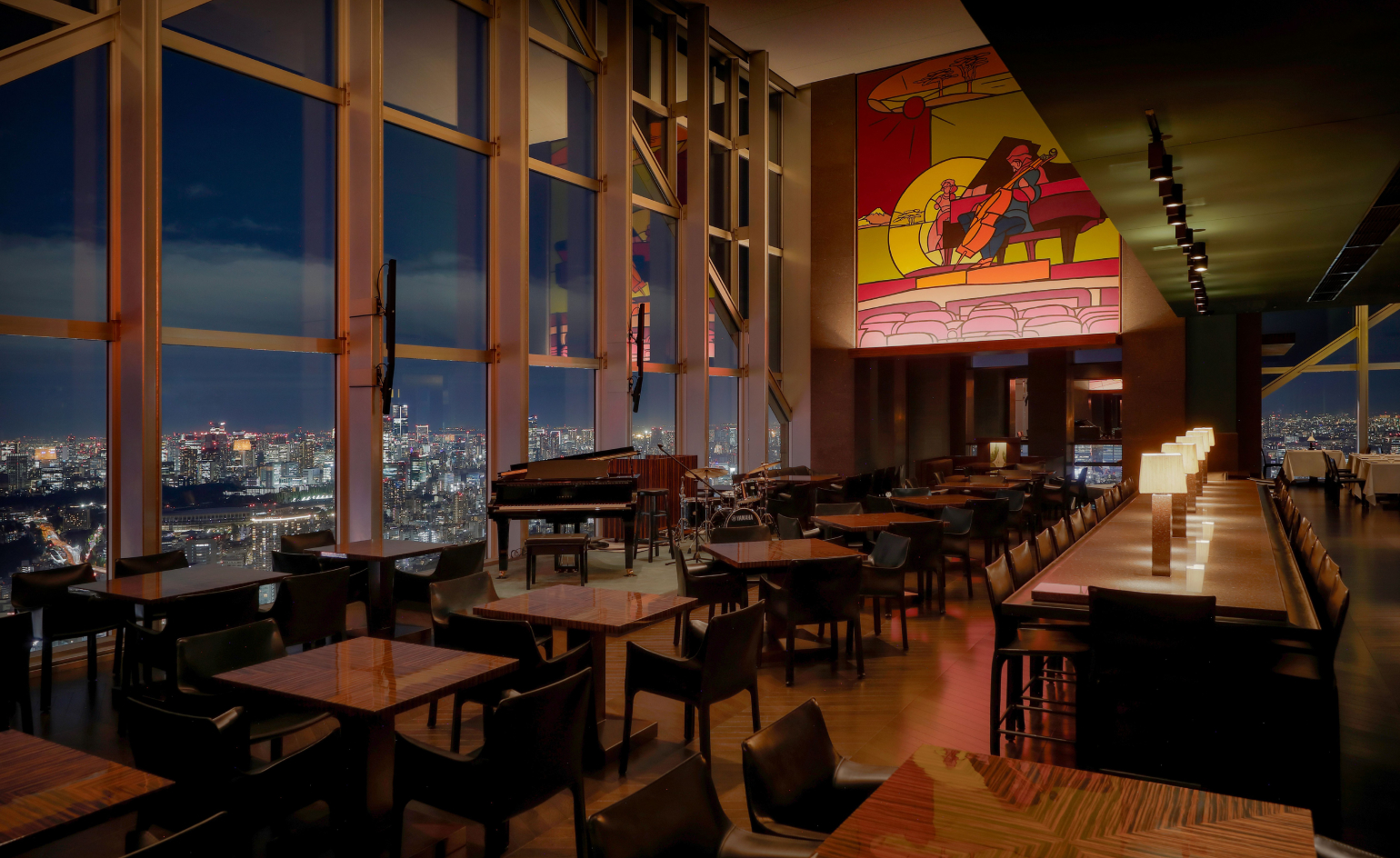 Tokyo’s most cinematic stay reopens as an exercise in architectural self-control
Tokyo’s most cinematic stay reopens as an exercise in architectural self-controlPark Hyatt Tokyo and Studio Jouin Manku demonstrate how design can evolve without erasing memory, balancing modernist heritage with contemporary comfort
-
 Ole Scheeren’s architecture rewrites the rulebook
Ole Scheeren’s architecture rewrites the rulebookOle Scheeren’s architecture spans from the cinematic to the sustainable and the geometrically astounding. Deyan Sudjic, director emeritus of the London Design Museum, explores an architectural rule-breaker
-
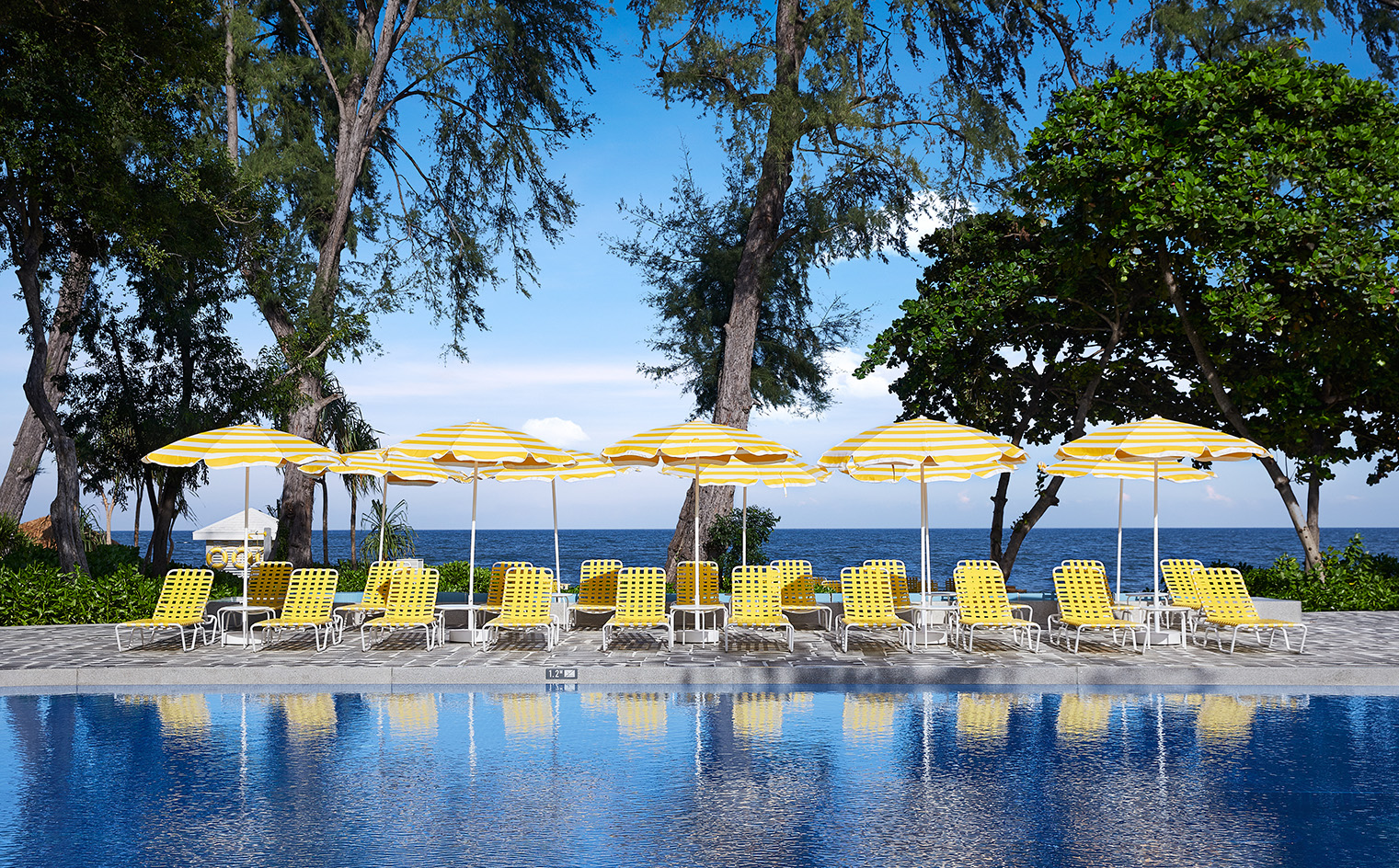 The Standard Bangkok and The Standard Hua Hin bring pioneering hospitality to Thailand
The Standard Bangkok and The Standard Hua Hin bring pioneering hospitality to ThailandThe Standard Bangkok, in Ole Scheeren’s Mahanakhon tower, and The Standard Hua Hin, designed by Onion, bring the global hospitality brand to Thailand
-
 ‘Ole Scheeren: Spaces of Life’ celebrates ‘form follows fiction’ in architecture
‘Ole Scheeren: Spaces of Life’ celebrates ‘form follows fiction’ in architecture‘Ole Scheeren: Spaces of Life’, a comprehensive look into the work of the German architect, opens at ZKM | Center for Art and Media Karlsruhe
-
 Interiors for Ole Scheeren’s Fifteen Fifteen in Vancouver revealed
Interiors for Ole Scheeren’s Fifteen Fifteen in Vancouver revealedFifteen Fifteen, a high-end, high-rise residential development by Ole Scheeren in Vancouver, Canada, reveals its apartment interiors ahead of sales launch
-
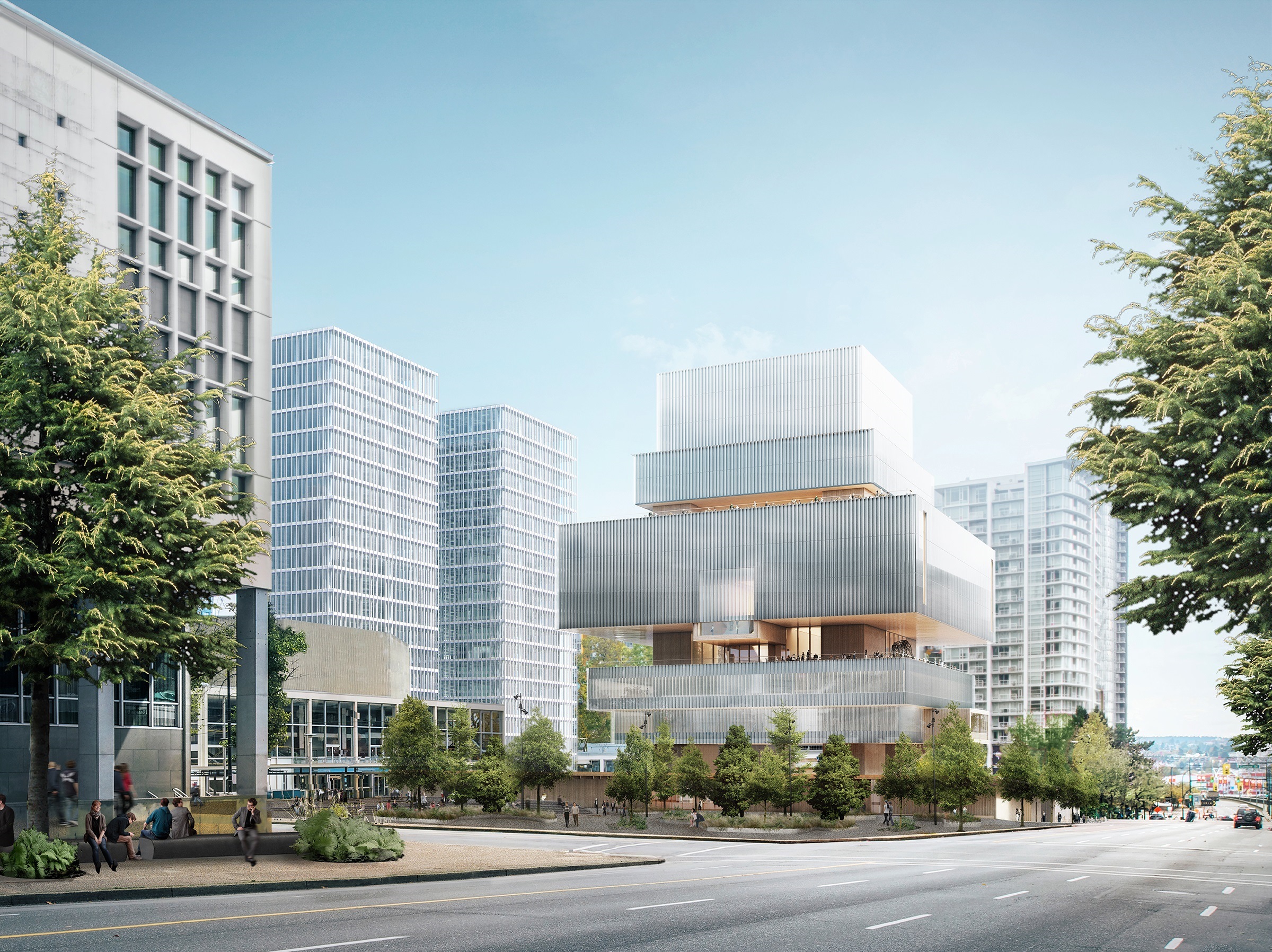 Scale meets ambition in Vancouver’s architectural future
Scale meets ambition in Vancouver’s architectural futureThe latest instalment in our ‘Letter from...' series journeys through the urban future of Canada's ‘most liveable city’
-
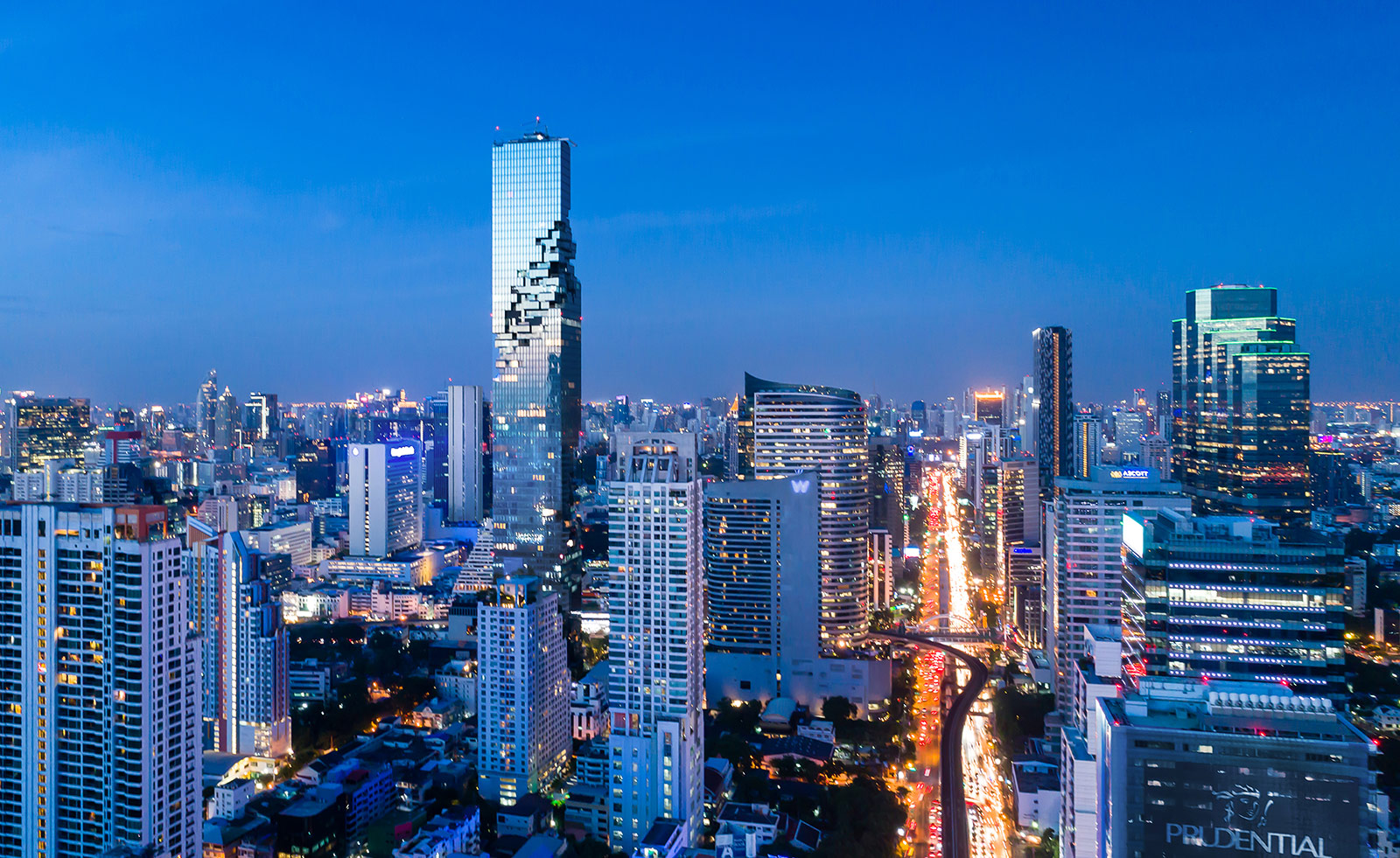 Büro Ole Scheeren’s MahaNakhon tower in Bangkok launches with floating glass sky deck
Büro Ole Scheeren’s MahaNakhon tower in Bangkok launches with floating glass sky deck -
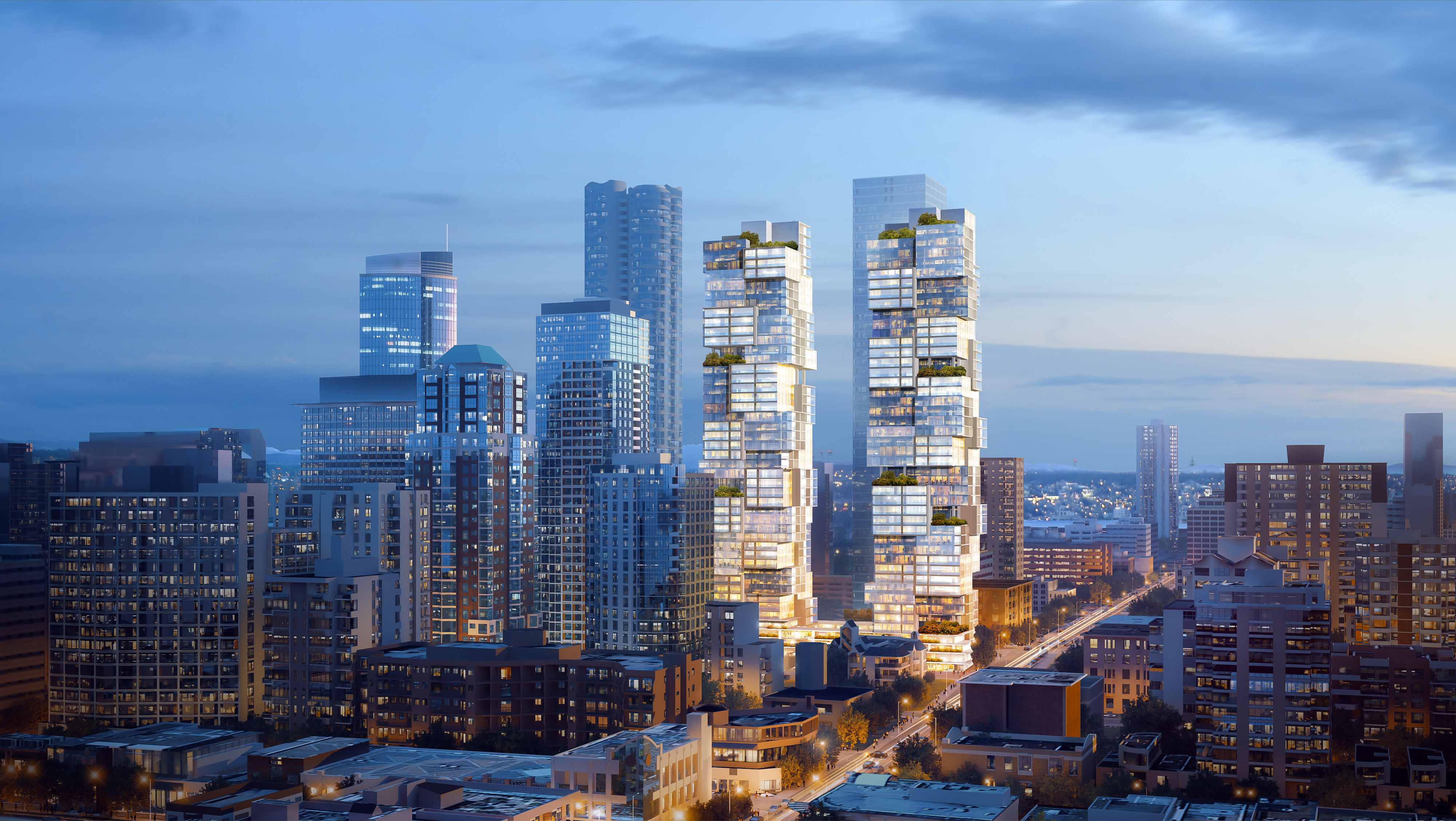 Ole Scheeren reveals design for Barclay Village in Vancouver
Ole Scheeren reveals design for Barclay Village in Vancouver -
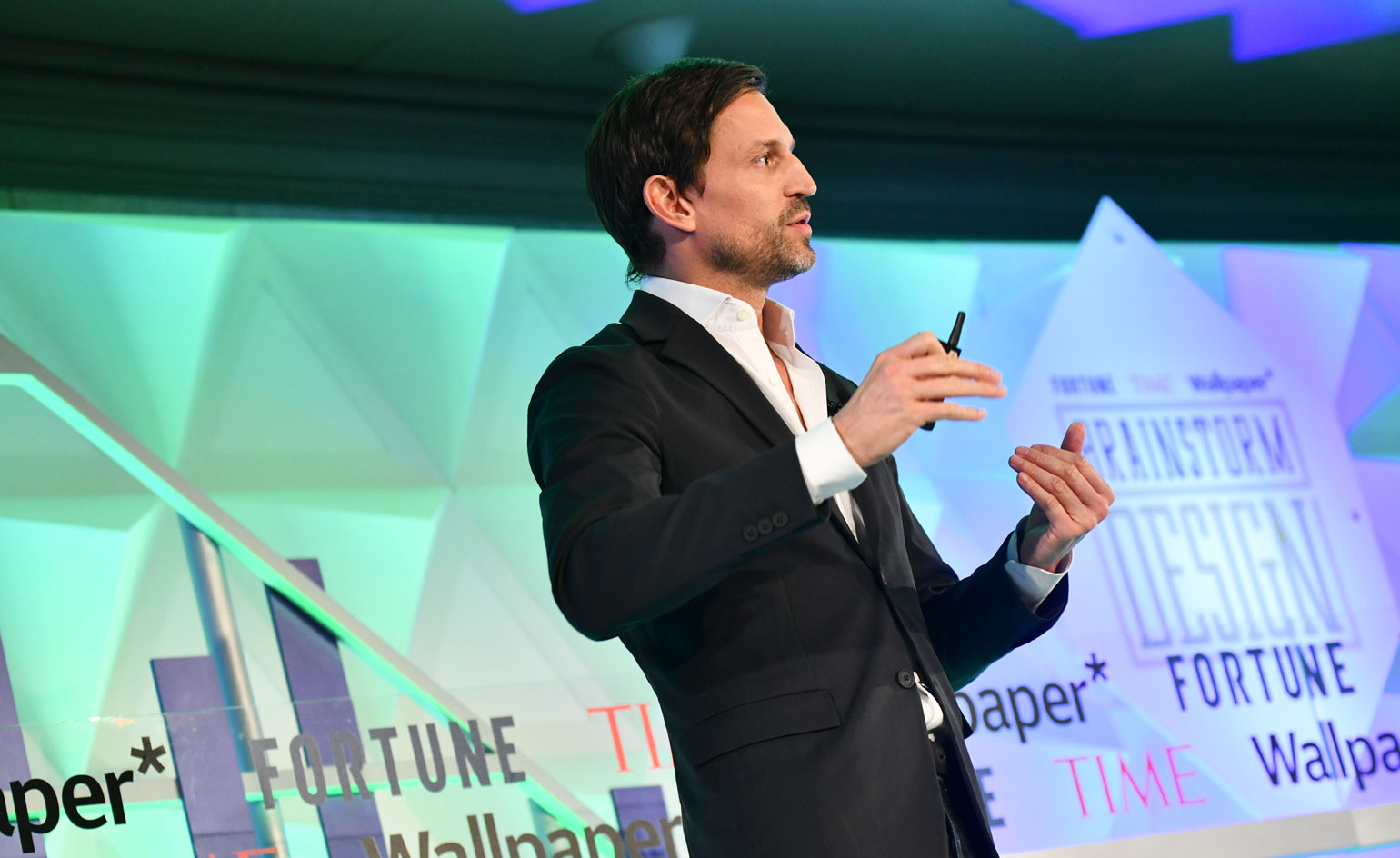 Ole Scheeren on how architecture ‘is a celebration of life’ at Brainstorm Design 2018
Ole Scheeren on how architecture ‘is a celebration of life’ at Brainstorm Design 2018